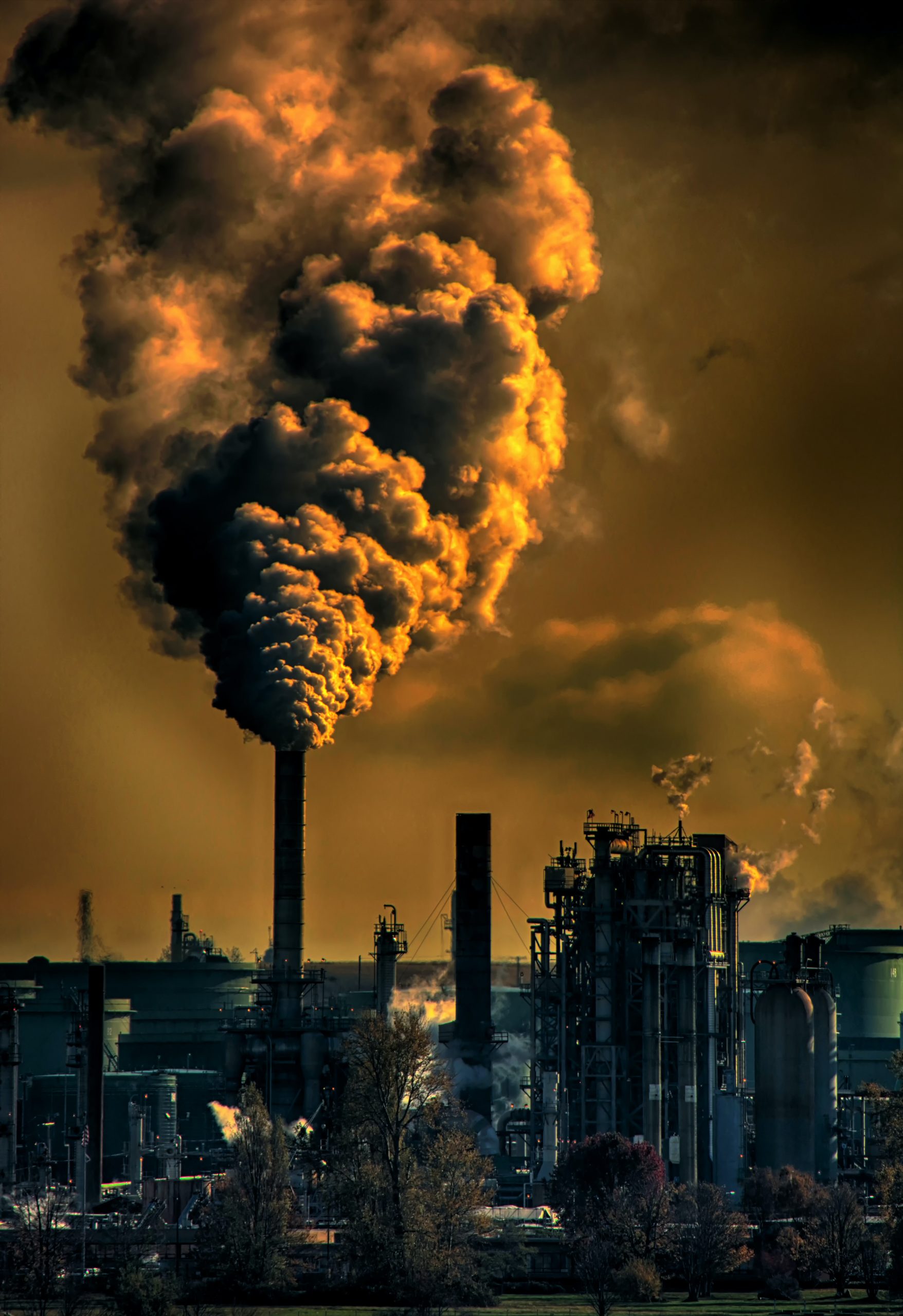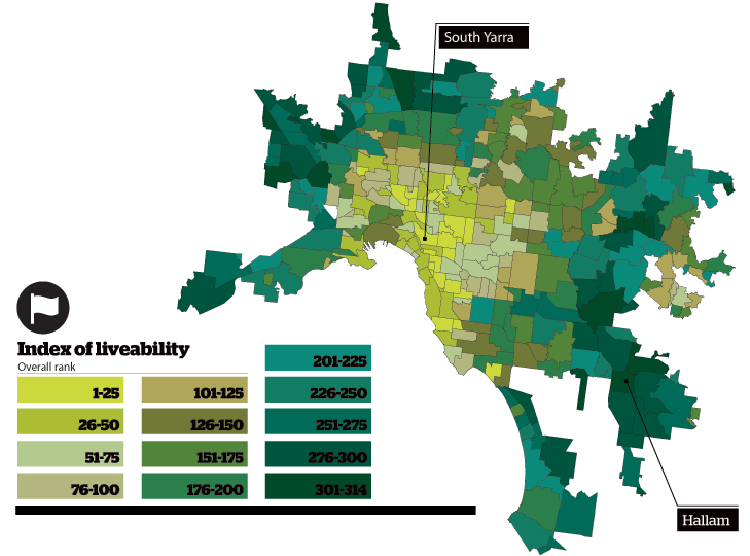
The first time I read about the detail in colours was at a viewing of the Book of Kells at the National Gallery in Canberra, a Latin gospel book that is one of the oldest surviving illuminated manuscripts. These are the earliest examples of drawings and colours that were applied to paper or more accurately Vellum books. Created between 400 – 600, the period of Late Antiquity, the Renaissance and the Middle Ages. The interesting thing that I took away was how they created the colours and the materials they used. Green was originally made by boiling copper plates in vinegar, some used copper carbonate or a plant-based pigment extracted from Buckthorn Berries.
Green was, and still is, one of the hardest colours to retain its hue and often faded quickly, this led to alternate ingredients, concoctions and methods:
Pigment Green 7 is an organic pigment but it contains chlorine.
Pigment Green 36 includes potentially hazardous bromide atoms as well as chlorine.
Pigment Green 50 is an inorganic noxious cocktail of cobalt, titanium, nickel and zinc oxide.
Without putting too much of a downer on the colour green, think of Rat Sack, treated timber, banned arsenic logs, Paris or Emerald Green paint. Paris Green wallpaper would off-gas when damp and many occupants would fall ill and some died.
The kicker with green is that its often used to promote the green credentials of companies all over the world, called Greenwashing as green is representative of trees, grass and lovely nature despite the reality of their environmental credentials. Even Greenpeace took it as their namesake. It all sounds fantastic but after reading all of this you can see that Green is not all that Green in itself. It turns out green is one of the most toxic colours to create.
On a final note, I’ve had enough of green walls… they are used too often and add too little. Making a wall green does not make a building green. Green landscapes are a different thing altogether. Coupled with open green spaces, sun, light and flowing air, these are all much more important and very different from a bunch of pots stuck on a wall.



